Laos, Tristan da Cunha, Japan, Finland and Unst. Today we’re sharing 5 more best submissions from the Send Anywhere Awards, with each selected photographer speaking about where they would go and what they would shoot if they win.
But where would you choose to travel? For the chance to be sent anywhere in the world, enter the Awards today by sending us examples of your existing work and an idea for your photography project to be shot in a location of your choice. Enter here today.
Send Anywhere is a new and innovative file transfer system, allowing photographers to instantly share their images no matter where they are, without compression. Scroll down to view some of the best entrants.
Mathias Svold
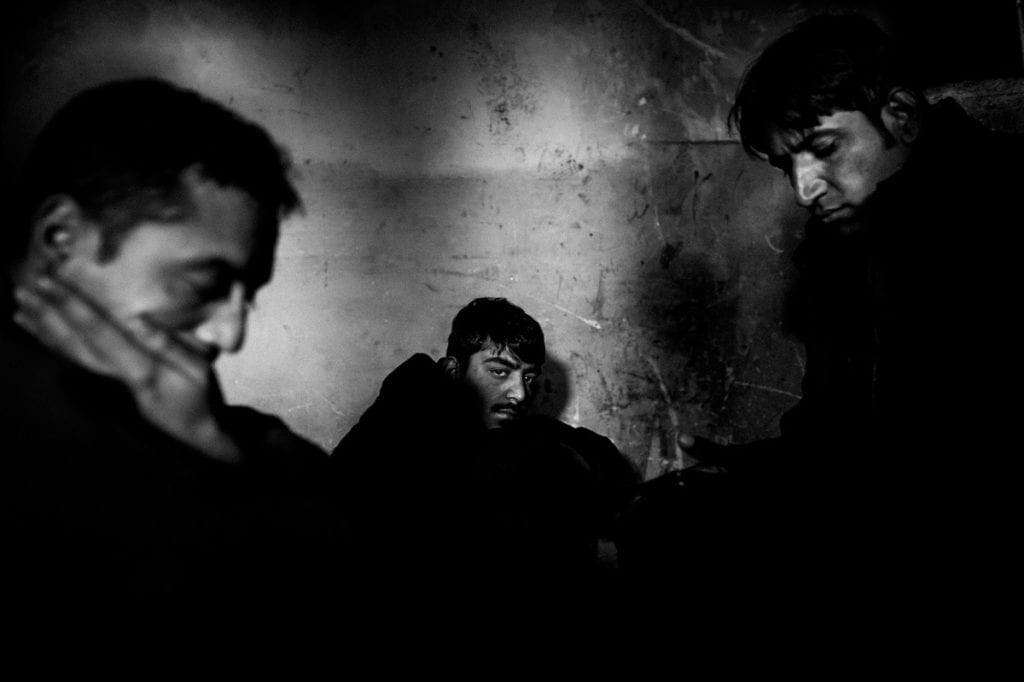
“About 1000 refugees and migrants sleep in abandoned warehouses, train wagons and shacks behind the central train station in Serbia’s capital, Belgrade. To keep warm, they make toxic fires out of garbage and railway sleepers. The borders to Hungary and Croatia are closed, so the refugees are stranded at the doorstep of the European Union.
Some have tried to cross the border as many as 20 times, but they are usually caught by police, beaten and sent back to Belgrade. Meanwhile, the dream of immigrating farther into Europe gradually fades away. Serbia has gone from being a transit point on the Balkan route to becoming a terminal one. Belgrade’s railway station has become an unintended destination.”
Wants to go to: Finland
“All over Europe, right-wing parties and nationalism have been achieving success in a growing number of nations. According to a recent study, Finland is the country where the population is most ready to take up arms to protect their country from outside threats. At the same time the Finns have the highest level of trust to the military while the the populist parties grow stronger. This project aims is to take a step back and give the audience insight and investigate what has created this development, based on thorough research and including areas from all over Finland.”
Enter now
Michael Novotny
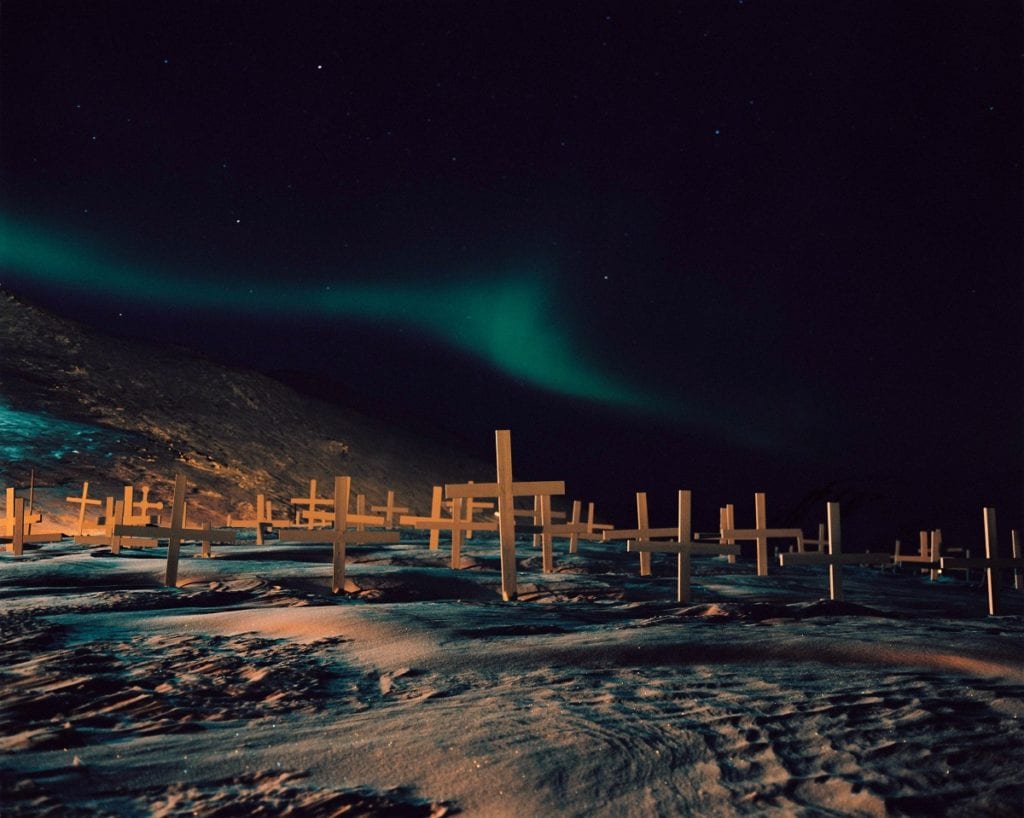
“For my series The Arctic Hunters I visited remote parts of Greenland and spent time with local hunters. Far away from the haste of a modern life, far above the Arctic circle in North Greenland, lies one of the most isolated places in the northern hemisphere – a settlement called Ittoqqortoormiit.
Its inhabitants are Inuit and they still live their lives the same way their ancestors did. Something changed, modern technologies and internet have already reached even this remote place, but they still hunt for a living. Seals, polar bears, walruses, narwhals or musk oxen are chased by local hunters using traditional dog sledges. It may sound cruel, but they do what they have to to survive.”
Wants to be sent to: Tristan da Cunha
“I am more and more interested in remote place and the cultures and people who are dedicated to their ways of life. I am fascinated by their ability and will to live in these kinds of places – and Tristan da Cunha is the most remote inhabited place on earth. It’s reachable only by a one week long cruise from Cape Town, in a supply ship which goes only once a week. It is one small settlement of some 250, inhabiting this island in the middle of cold South Atlantic waters. That’s worth documenting.”
Enter now
Christine Frank
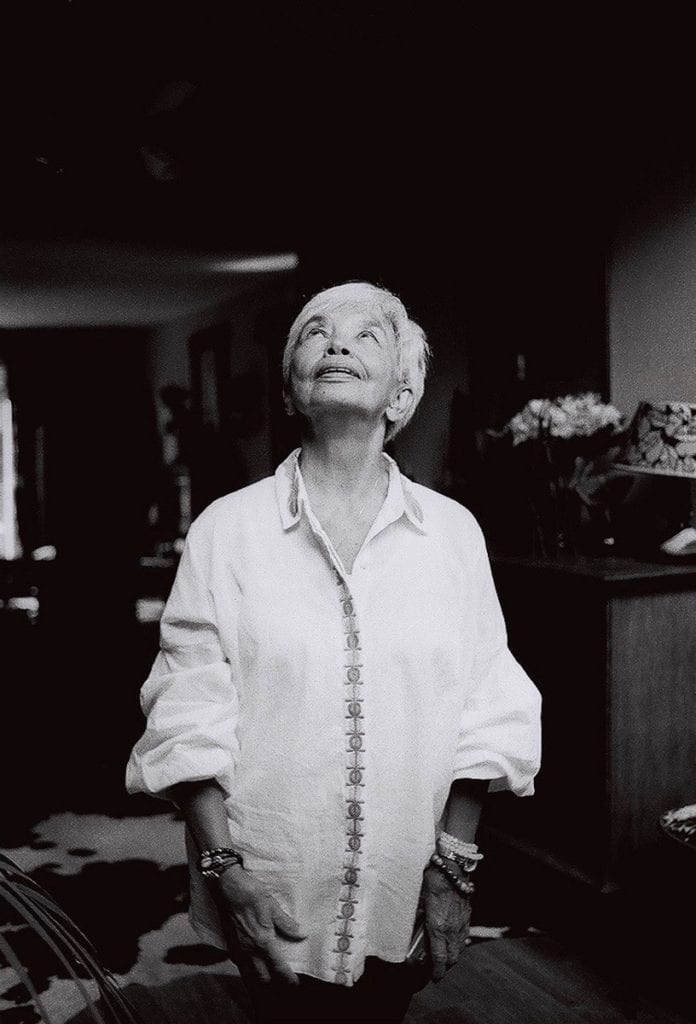
“I am an American photographer living just outside of Paris. A Lao Story is an ongoing project that I initially started in 2015. The story begins with Saphanthong Chokbengboun, who gives a courageous and heartfelt account of her family’s escape from the Communist regime in 1970s Laos.
Listening to her story provoked a lot of emotion, not only because of its content but also because of its relevance to the current situation confronting people seeking refuge today. During my time with the Chokbengboun family, we also had the chance of meeting Manivone Gagneux, the great granddaughter of the late Laotian Prince Phetsarath, whose family had a similar yet completely different experience with this time period in Laos.
Since meeting both families, my goal has been to share their stories with those who know little about Laos and what its people went through during the Laotian Civil War. To do this, I truly believe that it is primordial to go back to the country where both stories began – Laos.”
Wants to be sent to: Laos
“I plan on photographing relatives and acquaintances of both families with the goal of providing an understanding of what living in Laos has been like since the 1970s. Tracing their footsteps back to where their families’ respective histories began will enable me to show how the stories of many Laotian people are intertwined and very relevant to current issues that the world is facing today. Lastly, I want to capture the beauty of a country and its people that, compared to other destinations in the region, remains quite unknown.”
Enter now
Nicholas JR White
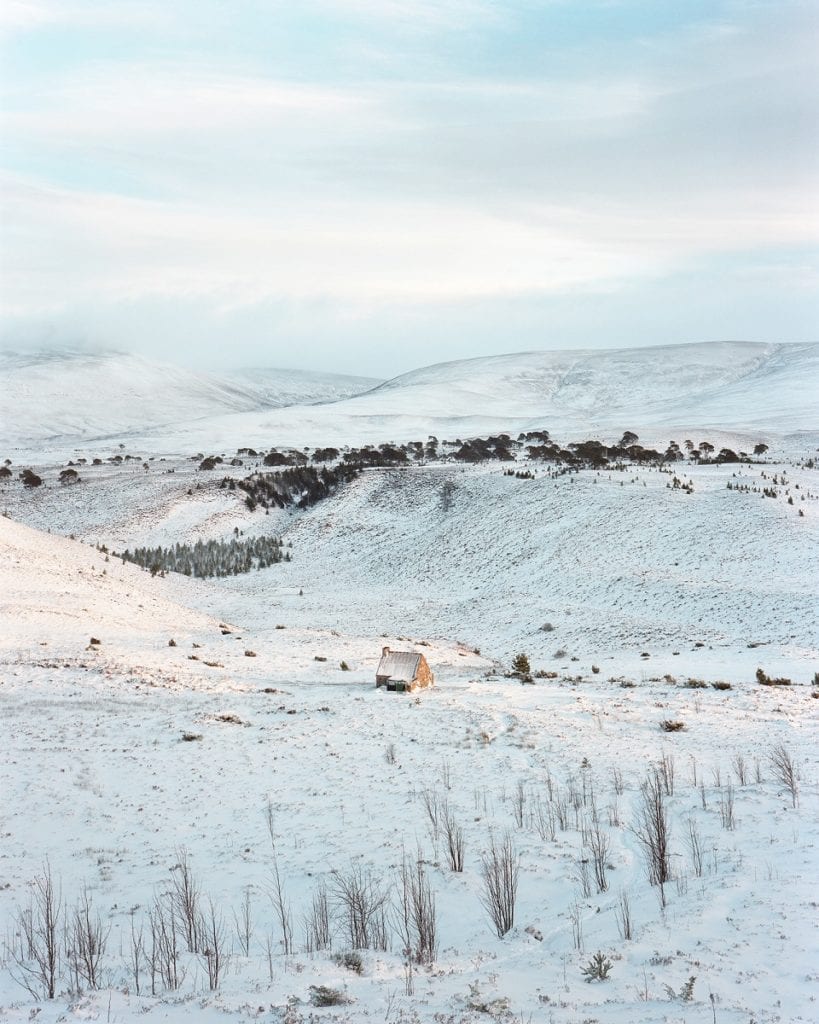
“My work examines our relationship with the landscape and the ways in which we interact with our natural spaces. The submitted images are a selection from Black Dots, a body of work exploring mountain bothies and bothy culture throughout the United Kingdom. Unlocked and free to use, bothies provide a refuge from the vast terrain that surrounds them and have become an iconic feature of the British landscape over the past fifty years. Drawn not only by the primitive beauty of the bothies and the landscapes they sit within, this work also investigates the human element to the bothy story, capturing the faces of those who trek for hours to temporarily inhabit these spaces, many miles from the nearest settlements.”
Wants to go to: Unst, UK
“Once the famed Muckle Flugga Lighthouse became fully automated, the tiny island of Unst in Scotland became the most northerly inhabited island in Britain. Only a mere twelve miles long and five miles wide, Unst is hailed as being “the northernmost of everything”. The tiny uninhabited rocky outcrop north of Unst’s shores known as Out Stack is officially the end of Britain – the next land mass you encounter if heading directly north is the North Pole. I intend to travel to Unst and the surrounding waters to explore life at the extreme edge of the British Isles.”
Enter now
Ruby Pluhar
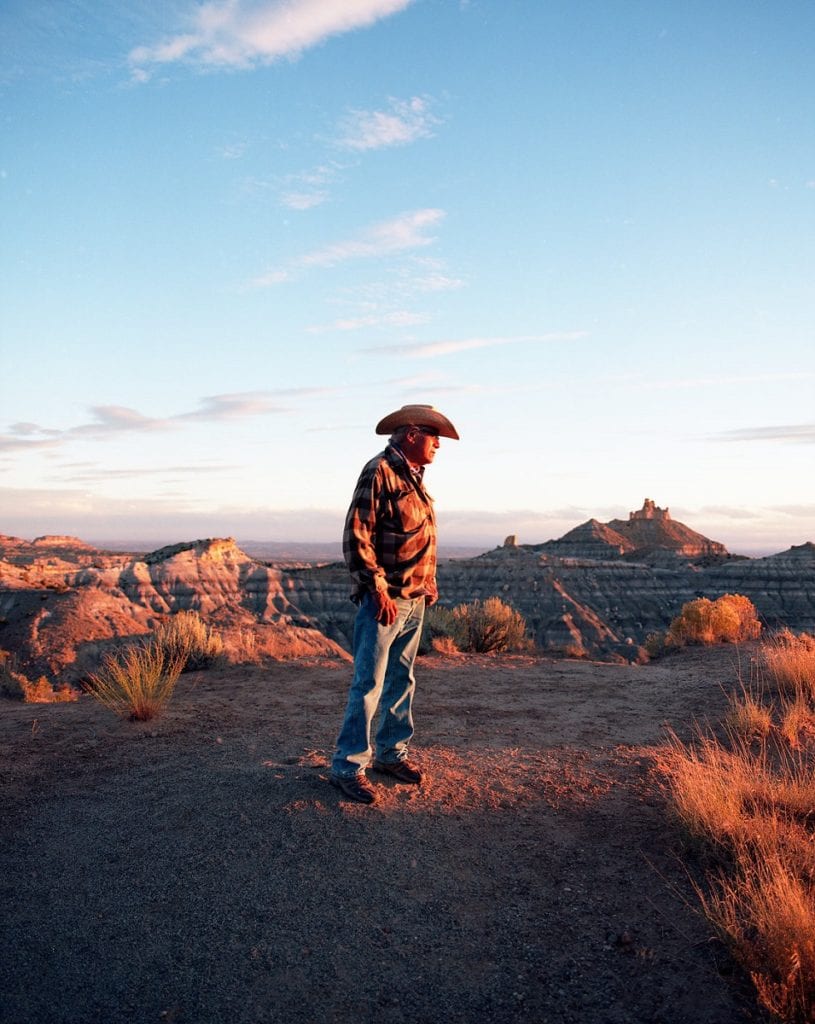
“My work strives to show the relationship between humans and universal space, and how these mirror one another. Through portraiture I translate a sensitivity to texture and colour to give insight into characters and sculpt stories they have to tell.
Most recently I have been working in New Mexico as part of Land Arts of the American Southwest where we have most recently worked with figures of the Navajo Indian tribal nation who gave us a deep insight in to the horrors their people have endured through exploitation of sacred tribal lands through oil and gas extraction. I would like my work to question viewers on their placement in the world and the relationship they have with the sky and the earth.”
Wants to be sent to: Okinawa Island, Japan
“I am interested in areas of remote rural life where the fragility of place is preserved and cared for by its inhabitants. I would like to document island life in Japan, specifically Okinawa.
There is much to explore such as ocean farming, one of Japan’s unique agricultural technologies, gaining understanding of how the ocean bed is preserved for variations of seaweed to grow.”
Enter now
Submit to the Send Anywhere Awards today!
Photographers are invited to submit examples of their existing work and pitch a new photography project to be shot anywhere in the world.
One winner will receive £2000 to travel to their chosen destination and create a new body of work. British Journal of Photography will showcase the project with a major online feature and five runners-up will also receive coverage.
The awards are free to enter, but you don’t have long – Submit here now!
Sponsored by Send Anywhere: This feature was made possible with the support of Send Anywhere. Please click here for more information on sponsored content funding at British Journal of Photography.
